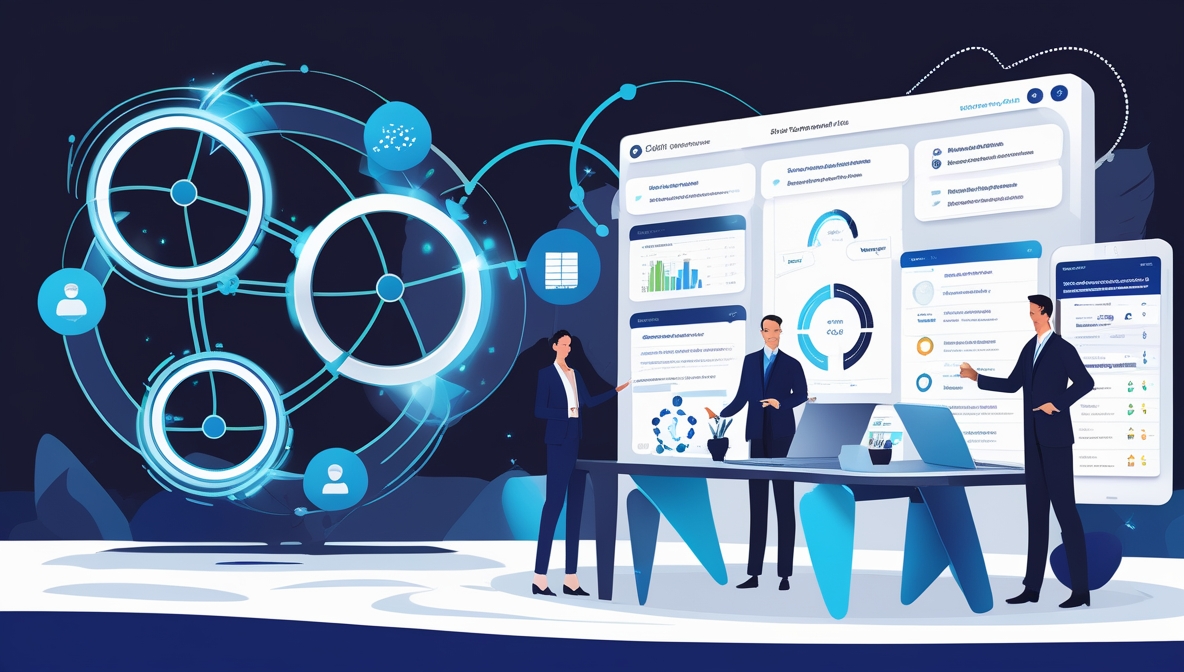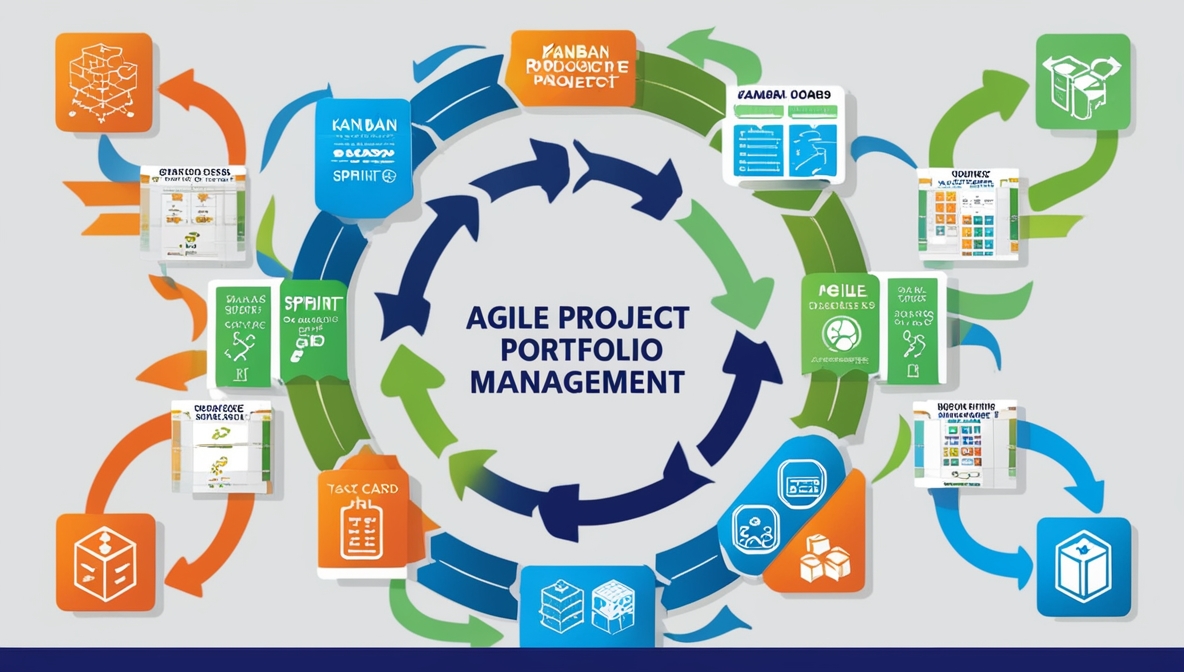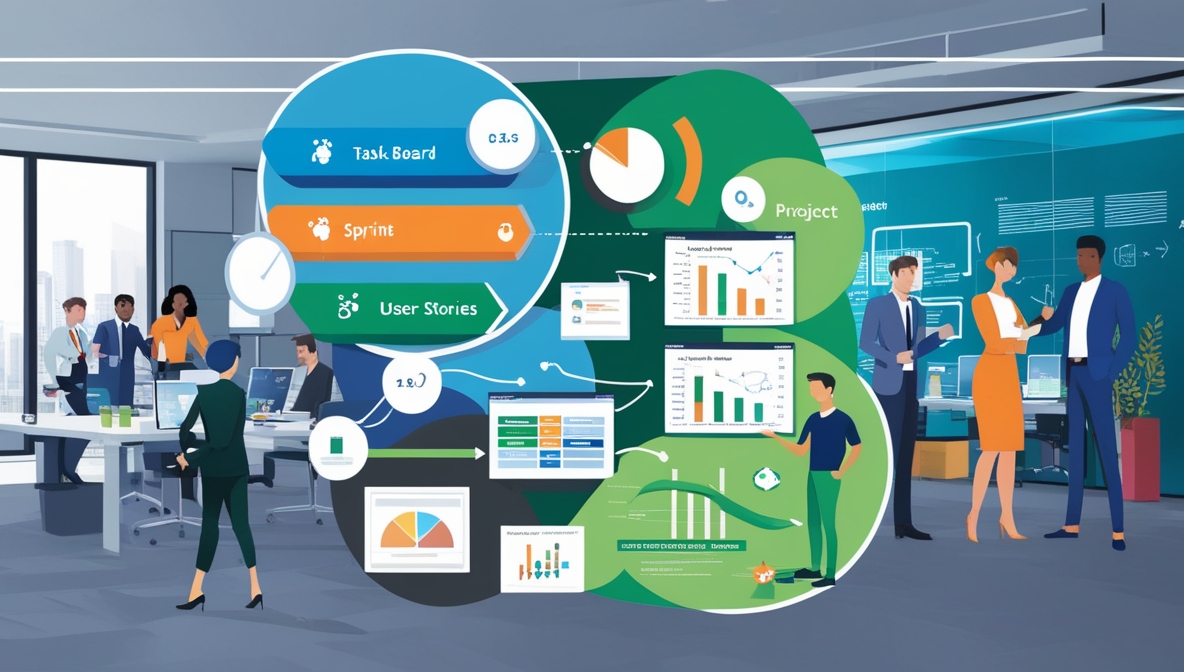
Enterprise Agility 101: A Blueprint for Success
Gain insights on agile leadership, organization, and pitfalls to avoid.
Frameworks play a crucial role in the application development process, as they provide a structure and set of tools that can streamline development, improve productivity, and ensure consistency across projects. Below is an overview of some popular application development frameworks across various programming languages and platforms:
Web Development Frameworks:
Mobile Development Frameworks:
Backend Development Frameworks:
These are just a few examples of the many application development frameworks available. When selecting a framework, consider factors such as your team’s expertise, project requirements, and the long-term maintainability and scalability of the application.

Gain insights on agile leadership, organization, and pitfalls to avoid.
Unleash the power of Enterprise Agile Requirements! Learn how to stay nimble and responsive in today’s business environment with Blueprint and Agile methodology. Download now!
What are the best practices in agile adoption and is your organization ready to execute on them? Read On!

This analysis delves into Multi-Speed IT environments and their impact on IT governance, offering strategic insights for seamless integration. (100 pages)

Dive into this extensive case study exploring Agile’s role in transforming Project Portfolio Management (PPM), offering a step-by-step guide for implementation.
This comprehensive e-Book provides in-depth guidance on the assessment of team performance in agile implementation. An excellent resource for the CIO who wants to implement Agile in the enterprise. (150 pages)
Discover how Agile principles are transforming IT’s ability to adapt and innovate. Gain insights on applying these methodologies for a more responsive, efficient, and effective IT department.

This guide explains how to use Agile Methodology for Project Portfolio Management (PPM.) Discover how Agile PPM fosters adaptability, strategic alignment, and business value creation, positioning your IT initiatives at the heart of organizational success.

This overview delves into the agile transformation of IT operating models, offering cross-industry insights, key observations, and lessons learned. It discusses the impact of adopting agile principles on traditional structures and provides practical guidance for organizations looking to enhance flexibility, speed, and customer satisfaction.

This comprehensive guide to Agile methodology provides IT leaders with essential insights and practical advice on implementing Agile practices. Covering key aspects such as roles, processes, and tools, this guide aims to enhance project management efficiency and software development outcomes. Whether you are new to Agile or looking to refine your approach, this guide offers valuable information to help you succeed. (100 pages)